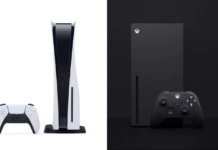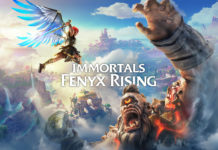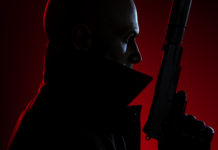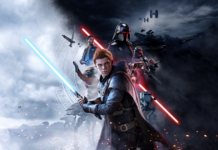THQ has a great thing going with its UFC license. Even though it’s only made four games with it thus far (three Undisputeds and a Personal Trainer exercise game), it seems to know what makes the league tick, and what the fans want in terms of options. And no game seems to define that more than UFC Undisputed 3, which released in mid-February to rave reviews – including high marks from us.

But believe it or not, this isn’t the only time that the Ultimate Fighting Championship league has signed. Sure, most of the PS2 games have been somewhat forgettable, and we don’t even want to get into the mess that the Pride games turned out to be. However, for one glimmering moment at the end of the summer in the year 2000, Crave Entertainment, working with the developers at Anchor Inc., produced an Ultimate Fighting Championship product for the Sega Dreamcast that represented the league in the best way possible. Who knows? This might’ve been the product that inspired THQ and Yukes to do so well with theirs.
Ultimate Fighting Championship was a true definition of how next-gen sports games were supposed to be for the Dreamcast. Sure, NFL 2K and NBA 2K did their job respectively, but when it came to offering an in-depth fighting game that made people feel like they were actually brawling in a cage, this was the only one that could do the trick.
Though the roster in Ultimate Fighting Championship is only a small percentage of what UFC Undisputed 3 offers in both its roster and Pride’s, there were plenty of recognized names that made the name great. Tito Ortiz, a man who will be fighting in his final UFC bout this year, is one of the key stars of the 2000 release, along with Bas Rutten (always a favorite around the league), Frank Shamrock, Evan Tanner and numerous others. In addition, Ultimate Fighting Championship also featured a create-a-fighter mode, so you could make your own and take them into the ring to see how they’d fare against Tito. While hardly as in-depth as UFC Undisputed 3’s set-up, with its training exercises and robust fighter types, at the time of its release, the Dreamcast release really raised the bar on how to create a character the right way.
As for the gameplay, Anchor did an amazing job with its simulation. You could really feel the punches and kicks coming from each fighter, though Undisputed offers variations of moves, including things like face kicks and spin fists. The submission system for the Dreamcast release is still excellent to this day, as you carefully maneuver your way around an opponent until you get them in an armbar or a rear naked choke, or something along those lines. Though it lacks the innovative mini-game that Undisputed currently possesses, it still gets the job done when it comes to making someone tap.
Then there’s the presentation. Though the PlayStation version was inferior to the high-end Dreamcast version, Anchor managed to pack in some impressive features to make this really feel like an event. Ring girls walk around carrying signs while dressed in their skimpy outfits (Undisputed’s women look a little better by comparison, but that’s just revised hardware at work); the referees know when to step in and stop a fight if it gets too bloody or out of hand; and the fighter entrances are quite authentic. Perhaps seeing them in this game prompted THQ to make them a big part of Undisputed.
Likewise, the running audio, for a game that’s over a decade old, is nuts. Though hardly as in-depth as what Joe Rogan or Bas Rutten have to offer, it’s solid, keeping you on pace with the action. And the fighters grunting and groaning…well, it gets no better, even if they stop while you plow a foot to their face.

Where Ultimate Fighting Championship does come up short compared to Undisputed is with its options. The Career mode is pretty good with its various tournaments, but multiplayer is limited to just fighting buddies in the living room. However, to the game’s credit, online play was just getting started at that time, while, with Undisputed, it’s integrated to the point that a separate Online Access Code is required in order to continue.
Let’s face facts – for a game that was coming out just as the league was really gaining its audience, Ultimate Fighting Championship is a monster of a simulation, and a must-own if you have a Dreamcast lying around somewhere, itching to be played. If you don’t want to go to all that trouble, though, Undisputed still gets the job done, and, in many ways, shows just how much fighting has evolved.










